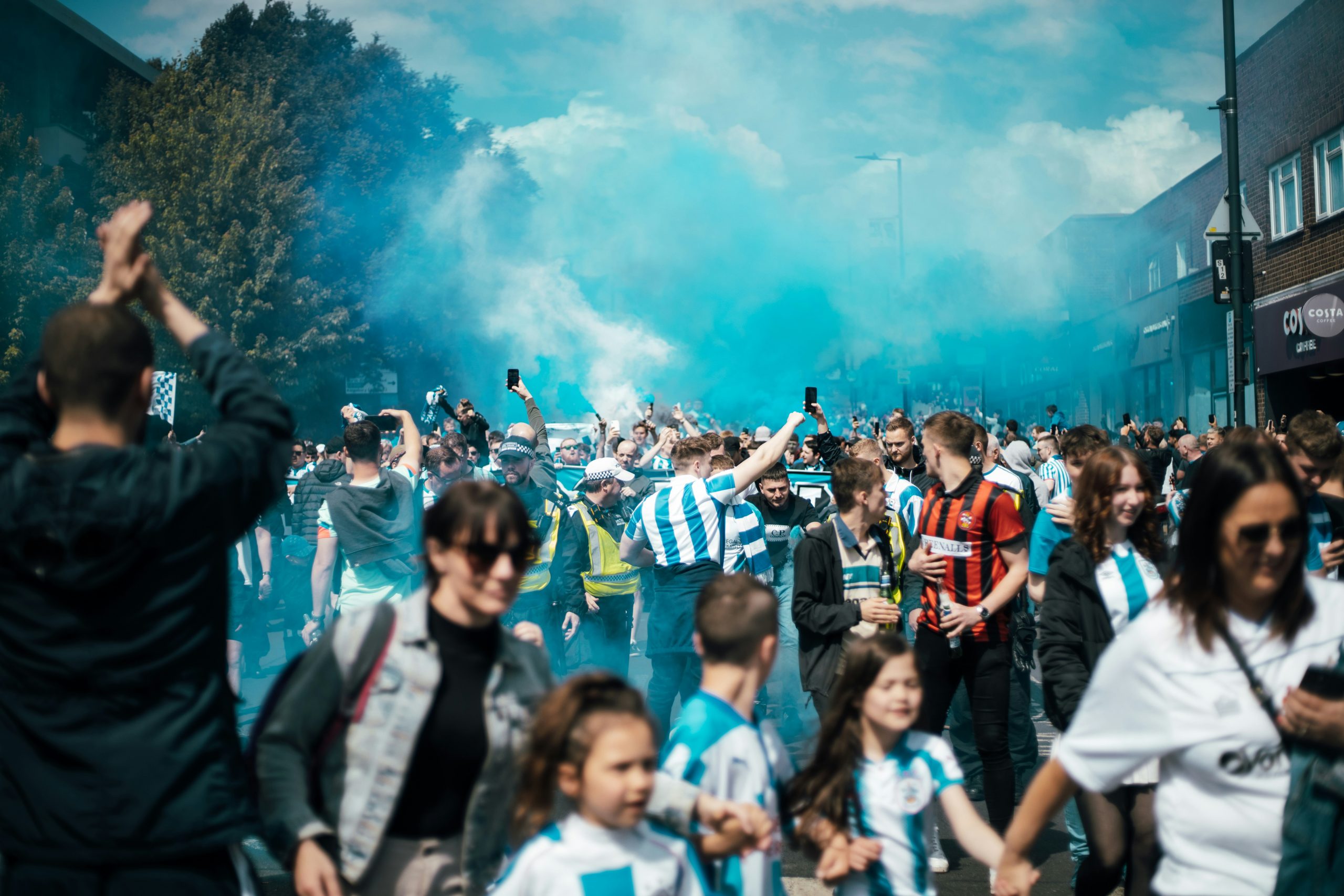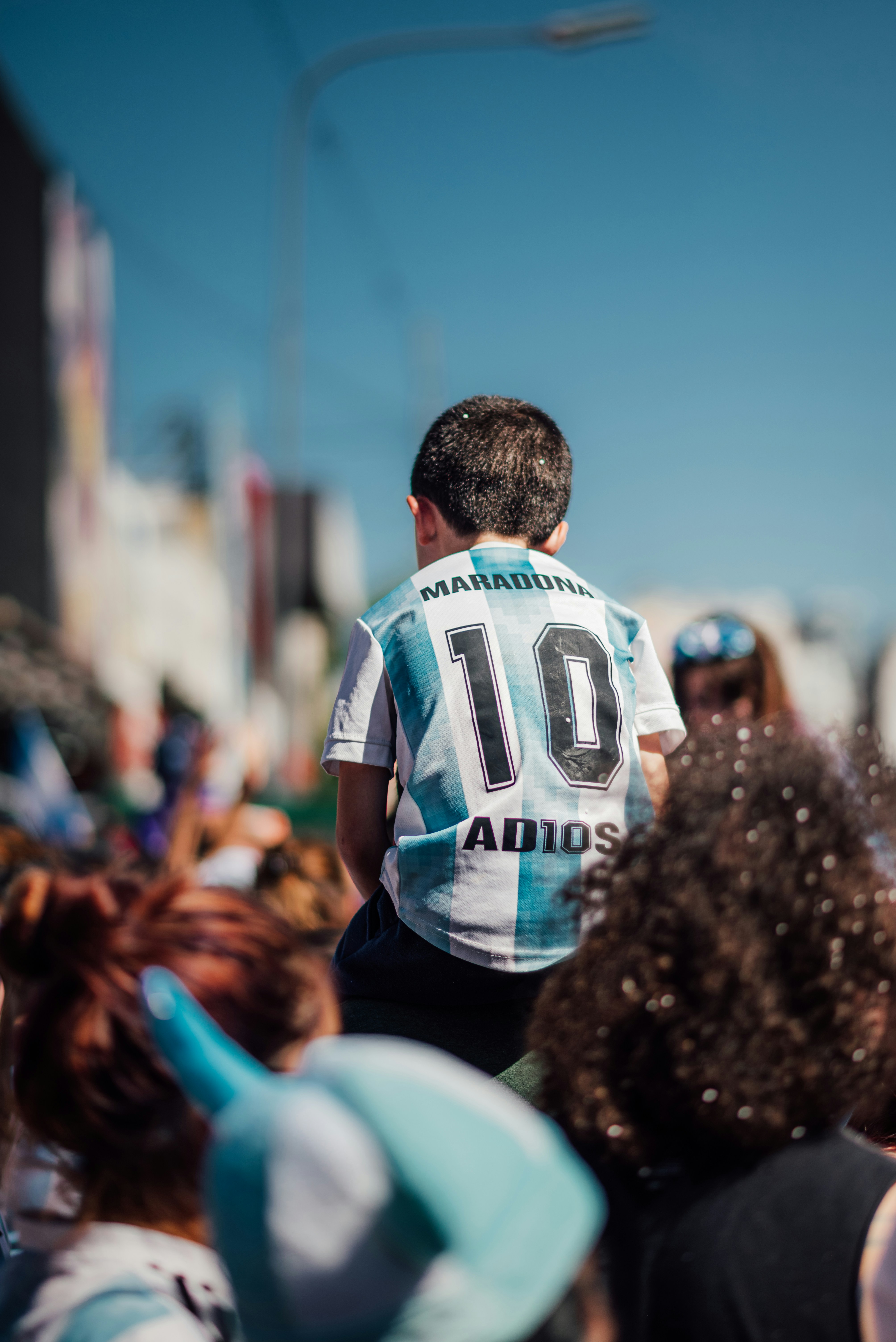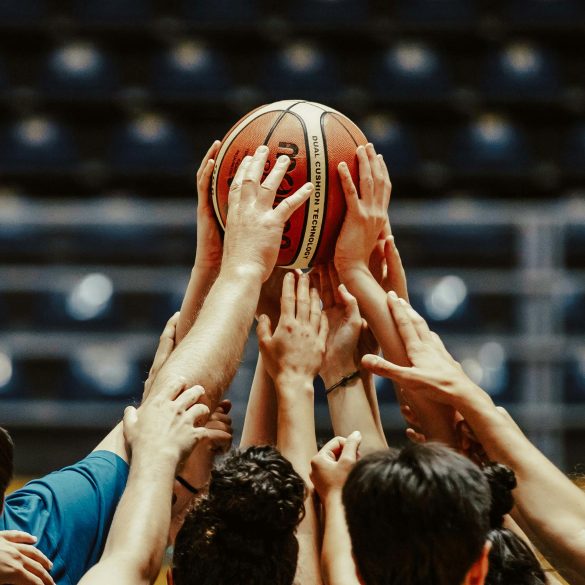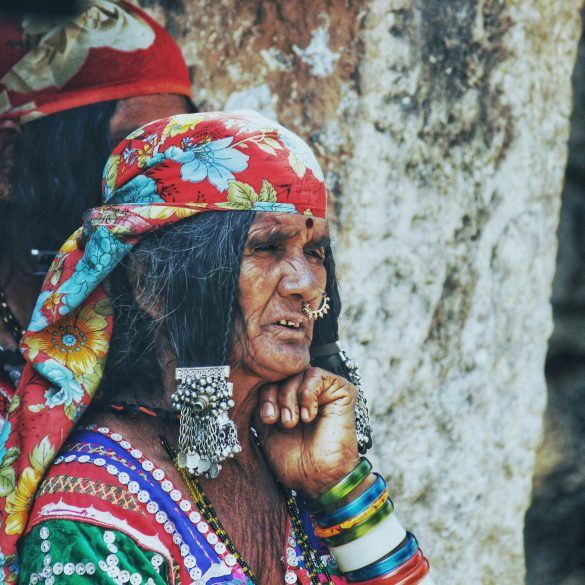Life After Messi: The Future of Argentine Football
Picture this: December 18, 2022, in Lusail Stadium, Qatar. Lionel Messi finally lifts the World Cup, completing his legendary career with the one trophy that had eluded him. For Argentine football fans worldwide, it was pure ecstasy—but also the beginning of an inevitable question that’s been nagging at the back of every supporter’s mind. What happens next?
I’ve been following Argentine football for over fifteen years, and honestly, I never thought I’d be writing about the “post-Messi era” while he was still technically active. But here we are, and the transition is already underway. Having covered three World Cups and countless Copa América tournaments, I can tell you that what we’re witnessing isn’t just about replacing one player—it’s about reimagining an entire footballing identity.
Critical Statistics
Since Messi’s World Cup triumph, Argentina has played 12 international matches with a 75% win rate. More importantly, eight different players have scored goals, suggesting a tactical evolution beyond individual brilliance.1
The reality is both exciting and terrifying. Argentina’s football federation faces the challenge of transitioning from a generation that built everything around perhaps the greatest player ever to a system that can thrive collectively. It’s like trying to rebuild a cathedral while people are still praying inside—you need to maintain the sacred while constructing something entirely new.
The Current Transition Phase
Let’s be completely honest here—the transition started before most people realized it. When I watched Argentina’s recent friendlies against Panama and Curaçao, something struck me about how naturally the team flowed without Messi dominating possession. The players weren’t constantly looking for number 10 anymore; they were making decisions independently.2
Coach Lionel Scaloni deserves massive credit for this evolution. He’s gradually shifted the team’s tactical approach from “get the ball to Messi” to a more distributed attacking system. During the recent Copa América qualifying matches, Argentina averaged 2.3 goals per game with five different goal scorers—a stark contrast to the Messi-dependent sides of the past decade.
Argentine Football Heritage
Argentina has produced more Ballon d’Or winners (6) than any other South American nation, with talents emerging from diverse provinces. The country’s football schools have historically emphasized technical skill and creativity, producing players who can adapt to various tactical systems—a crucial advantage in the post-Messi transition.
What fascinates me most is how the younger players are stepping up. Julián Álvarez, who many initially viewed as Messi’s backup, has evolved into a genuine focal point. His movement creates space for wingers like Alejandro Garnacho and Valentín Carboni to exploit. It’s not revolutionary football, but it’s sustainable football—and that’s exactly what Argentina needs right now.
“The beauty of this Argentina team is that we’re not trying to replace Messi. We’re trying to be the best version of ourselves without him.” Lionel Scaloni, Argentina National Team Coach
Rising Stars and Emerging Talent
Here’s where things get really interesting—and where I get genuinely excited about Argentine football’s future. The talent pipeline is absolutely ridiculous right now. I’m talking about players who aren’t trying to be the next Messi but are carving out their own identities in world football.
Take Enzo Fernández, for instance. When I first watched him at Benfica, before his Chelsea move, I was struck by how naturally he controlled the tempo of matches. He’s not flashy like Messi, but he’s got this incredible ability to dictate play from deep positions. His Champions League performances showed he can handle pressure on the biggest stages.3
| Player | Age | Position | Key Strength |
|---|---|---|---|
| Enzo Fernández | 23 | Central Midfielder | Tempo Control |
| Julián Álvarez | 24 | Forward | Versatility |
| Alejandro Garnacho | 20 | Winger | Pace & Dribbling |
| Valentín Carboni | 19 | Attacking Mid | Creativity |
But what really gets me passionate is watching players like Alejandro Garnacho at Manchester United. This kid has something special—not because he’s trying to replicate Messi’s magic, but because he’s developing his own style. His confidence against Liverpool last season reminded me of a young Tevez, full of hunger and determination.
The midfield, honestly, might be Argentina’s strongest area moving forward. Besides Fernández, you’ve got Alexis Mac Allister proving himself at Liverpool, and Rodrigo De Paul continuing to be that workhorse presence. What I love about this group is their complementary skills—they don’t all try to be the star.
Scouting Insight
Argentina currently has 23 players under age 25 playing in Europe’s top five leagues, compared to 18 in 2019. This represents a 28% increase in young talent gaining elite-level experience.4
Then there’s the defensive transformation. Lisandro Martínez at Manchester United has shown that Argentine defenders can thrive in the Premier League’s physical environment. His partnership with Cristian Romero for the national team gives Argentina a foundation that’s both technically gifted and mentally strong.
Tactical Evolution and Playing Style
Now, let’s talk about something that really fascinates me from a tactical perspective. Scaloni isn’t just managing the transition—he’s completely reimagining how Argentina plays football. The old system was essentially “create space for Messi and let him work magic.” The new system is more collective, more unpredictable, and honestly, more sustainable.
During the recent World Cup qualifiers, I noticed Argentina using a 4-3-3 formation more frequently, with genuine width from the fullbacks. This creates multiple attacking threats instead of funneling everything through one player. Nahuel Molina and Nicolás Tagliafico have become crucial in this system, providing attacking width while maintaining defensive solidity.5
- Distributed attacking responsibilities across multiple players
- Increased emphasis on fullback attacking contributions
- More aggressive pressing without the ball
- Flexible formation changes during matches
- Greater tactical discipline in defensive phases
What strikes me most is how the team’s pressing has intensified. Without Messi’s need to conserve energy for attacking moments, Argentina can commit more players to high pressing. Against Brazil in their last encounter, Argentina won possession in the final third 12 times—a significant increase from previous matches.
“We’re not just replacing Messi’s goals and assists. We’re replacing his gravity on the pitch—the way defenders were drawn to him. Now we need to create that chaos through collective movement.” Pablo Aimar, Argentina Youth Development Coordinator

Youth Development Revolution
Here’s where I get really optimistic about Argentina’s future. The country’s youth development system is undergoing a genuine revolution, and it’s not just about producing the next superstar—it’s about creating a sustainable pipeline of talent that can compete at the highest level for decades.
I recently visited some of the academies in Buenos Aires, and the changes are remarkable. The focus has shifted from individual brilliance to collective understanding. Young players are being taught multiple positions, tactical flexibility, and most importantly, how to make quick decisions under pressure.6
The AFA (Argentine Football Association) has invested heavily in coaching education over the past five years. They’ve brought in European methodologies while maintaining that distinctly Argentine flair for creativity and technical skill. It’s a balance that’s incredibly difficult to achieve, but early signs are promising.
Development Statistics
Argentina’s youth teams have reached four major tournament finals in the past two years, with the U-20 team winning the 2023 South American Championship. This success reflects improved coaching structures and player development pathways.7
What excites me most is the geographical diversification of talent. Traditionally, Argentine football was dominated by players from Buenos Aires and the surrounding provinces. Now we’re seeing quality players emerge from all over the country. Córdoba, Mendoza, and even smaller provinces are producing players who can compete internationally.
- Enhanced coaching certification programs across all provinces
- Improved scouting networks identifying talent nationwide
- Better integration between club and national team development
- Increased focus on psychological preparation and mental health
- Modern training facilities and sports science integration
The psychological aspect is crucial. Young players are no longer being told they need to be “the next Messi.” Instead, they’re encouraged to develop their own identity and strengths. This shift in mentality is producing players who are more confident, more adaptable, and frankly, more resilient when facing setbacks.
I’ve been particularly impressed by how the youth system is addressing the financial pressures that have historically plagued Argentine football. Better partnerships with European clubs mean talented players can develop professionally without their families facing economic hardship. It’s a more sustainable model that protects both the players and the sport’s integrity.
Long-term Vision and Sustainability
Looking ahead, I’m genuinely excited about Argentina’s football future, but I’m also realistic about the challenges. The transition away from Messi isn’t just about finding talented replacements—it’s about building a system that can consistently compete at the highest level regardless of individual stars.
The 2026 World Cup will be the real test. By then, this new generation will have had time to gel, to understand their roles, and to develop that winning mentality that’s so crucial in international football. The pressure will be immense, but this group seems better prepared for collective responsibility than previous generations.8
From a tactical perspective, I expect Argentina to continue evolving toward a more European-style approach while maintaining their South American unpredictability. The key will be finding that sweet spot between structure and creativity that has defined the best Argentine teams throughout history.
| Aspect | Current Status | 2026 Projection | Key Factors |
|---|---|---|---|
| Squad Depth | Developing | Strong | Youth Development |
| Tactical Identity | Evolving | Established | Scaloni’s System |
| Leadership | Transitioning | Collective | Player Maturity |
The economic challenges facing Argentine football can’t be ignored. The country’s financial instability affects everything from player development to infrastructure. However, the success of recent years has attracted more international investment and partnerships, which should help stabilize the development pipeline.
What gives me the most confidence is the mentality shift I’ve observed. This new generation isn’t burdened by the pressure to replicate Messi’s individual brilliance. They’re focused on collective success, which is exactly what modern international football demands. It’s a healthier approach that should yield more sustainable results.
Building a New Identity
As I reflect on Argentina’s journey beyond Messi, I’m struck by how this transition represents more than just replacing a legendary player. It’s about evolving the entire culture of Argentine football from one built around individual genius to one that celebrates collective excellence.
The early signs are incredibly promising. The team’s performance in recent matches shows a group that’s learning to trust each other, to share responsibility, and to create chances through coordinated movement rather than waiting for moments of individual magic. It’s a different kind of beauty, but it’s beautiful nonetheless.
Call to Action
What aspects of Argentina’s post-Messi transition excite you most? Are you optimistic about the new generation’s ability to maintain the country’s football excellence? Share your thoughts and join the conversation about the future of Argentine football.
The 2024 Copa América will provide the first major test of this new identity. It’s an opportunity for players like Álvarez, Fernández, and Garnacho to step into leadership roles and prove they can handle the pressure of representing a nation with such rich football heritage.
Looking back at my years covering Argentine football, I’ve learned that the country’s greatest strength isn’t in producing individual superstars—it’s in the passion, the tactical intelligence, and the never-give-up mentality that runs through the entire football culture. Those qualities will serve Argentina well in this new era.
“Argentina’s football future isn’t about finding the next Messi. It’s about creating a system where every player can be the best version of themselves while serving the collective goal.” Javier Mascherano, Former Argentina Captain
The transition will have its challenges. There will be matches where the team struggles to create chances, moments where fans miss Messi’s magic, and inevitable comparisons to the golden era. But that’s all part of the process. Every great football nation goes through these transitions, and the successful ones emerge stronger and more complete.
What I find most encouraging is the patience being shown by Argentine fans and media. Instead of demanding immediate perfection, there’s a recognition that building something sustainable takes time. This mature approach gives the new generation the space they need to develop their own identity without the crushing pressure of impossible comparisons.
The future of Argentine football is bright, different, but undeniably bright. This new generation has the talent, the tactical understanding, and most importantly, the collective mindset to write their own chapter in Argentine football history. They’re not trying to be the next Messi—they’re trying to be the first team to show that Argentina’s football excellence extends far beyond any individual player.
And honestly? That might be the most beautiful thing of all.
References



